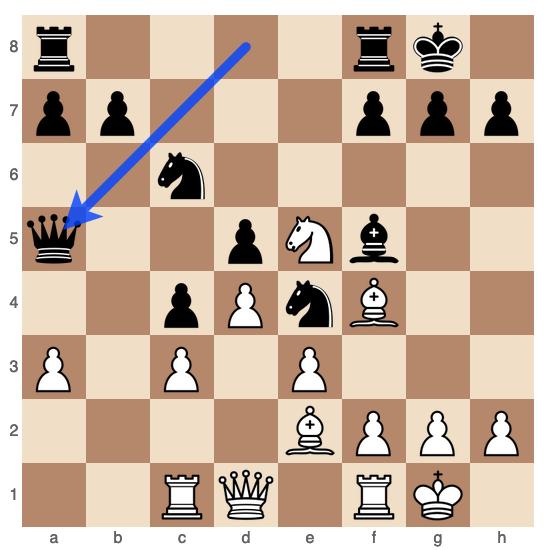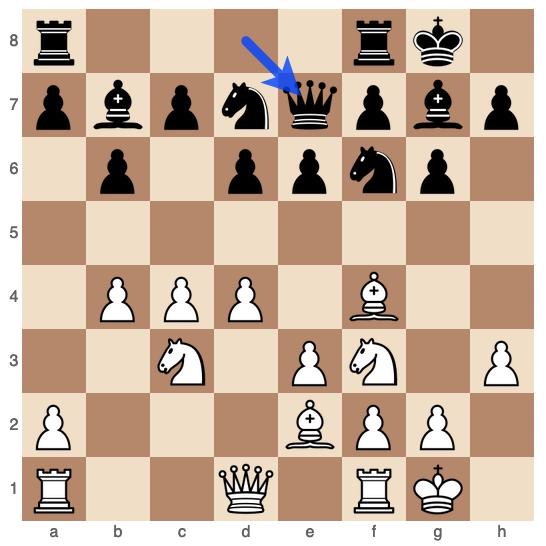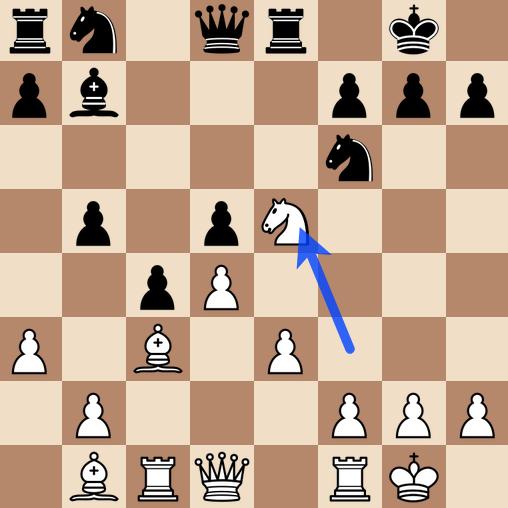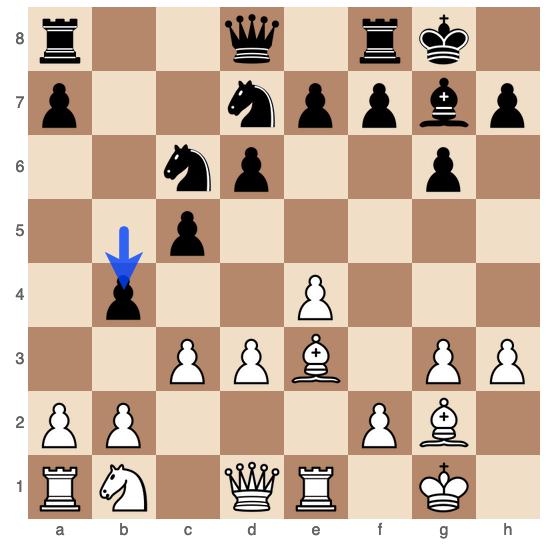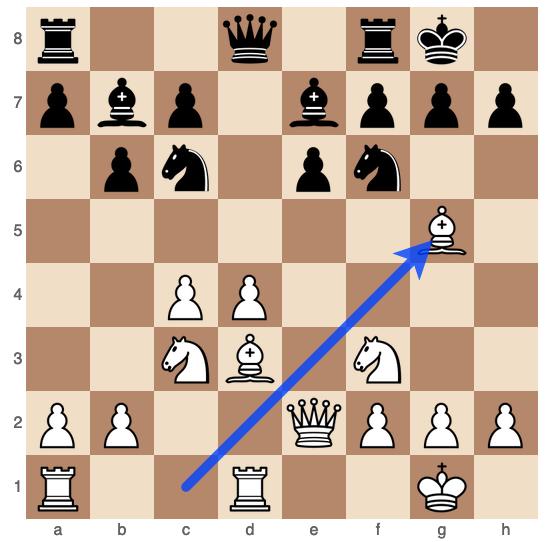This game, played in Round 5 of Titled Tuesday, showcases an intriguing battle between Guillermo Baches (2322) and Yevhenii Yelisieiev (2413). The opening leads to unbalanced pawn structures, where Baches’ understanding of dynamics and tactical vision shine. Played in the Old Indian Defense (A41), this game teaches us about initiative, exploiting weaknesses, and converting advantages with elegance.
Baches vs. Yelisieiev: A Lesson in Dynamic Play and Tactical Precision
This game, played in Round 5 of Titled Tuesday, showcases an intriguing battle between Guillermo Baches (2322) and Yevhenii Yelisieiev (2413). The opening leads to unbalanced pawn structures, where Baches’ understanding of dynamics and tactical vision shine. Played in the Old Indian Defense (A41), this game teaches us about initiative, exploiting weaknesses, and converting advantages with elegance.
Opening
The Old Indian Defense (1. d4 d6 2. c4 e5)
Yelisieiev chooses the Old Indian Defense, opting for flexibility but conceding the center early. Baches counters with energetic and principled play, opening the game with 1. d4 d6 2. c4 e5, leading to early tension in the center. After 3. Nc3 exd4, White avoids standard development and seizes the initiative with 4. Qxd4, an aggressive choice keeping the queen active and complicating Black’s development.
The critical moment comes after 6. b3 and 7. Bb2, where White’s harmonious pawn structure and powerful bishops lay the groundwork for long-term pressure. Black’s 7… Nge7 and 9… Be6 misstep slightly by delaying counterplay. Baches builds with precision, developing actively and keeping Black tied down.
Middlegame
Tactical Brilliance and Weakness Exploitation
By move 10 (10. Nh3 Nd4), Baches transitions smoothly into a middlegame where tactics dominate. The knight on f4 (after 11. Nf4) applies pressure, and Black’s 12… Ndf5 only serves to weaken their pawn structure after 13. Nxe6 fxe6. The pawn on e6 becomes a glaring target.
White’s 16. Bxg7 Kxg7 creates further imbalances, and here Black had the opportunity to seek counterplay with 16… Nxg7, though it remains unclear if this would have been enough to escape. Instead, Baches uncovers the decisive blow with 17. Qb2+, setting up devastating attacks with precise calculation.
Key moments include:
- 19. Ng4, attacking multiple weaknesses while keeping Black’s king unsafe.
- 22. Nf6+, a classic double attack exposing Black’s overloaded king position.
Black’s position crumbles under the mounting threats. The white rooks and queen combine effortlessly to exploit every hole in Black’s defense.
Endgame
Clean Conversion and Elegant Mating Ideas
By move 26. Nd6+, White initiates the final assault with a double attack, forcing Black’s king into a precarious position. The sequence from 27. Nxc8 Raxc8 to 29. Qxe6+ shows Baches’ understanding of technique: every move maximizes pressure, eliminates defenders, and forces resignation.
Black’s king is left exposed, with no hope of salvation. White’s queenside dominance and precise calculation deliver the final blow in a game that never truly reached an endgame phase in the traditional sense.
Conclusion
This game demonstrates the importance of dynamic play, exploiting weaknesses, and seizing the initiative from the opening. Baches teaches us key lessons:
- Tactics flow from superior positions: Early central control and better development create opportunities for powerful tactics like Nf6+ and Nd6+.
- Weak pawns lose games: Black’s pawn structure fell apart after early inaccuracies, and White capitalized ruthlessly.
- King safety is paramount: Yelisieiev’s king was a consistent target, and Baches’ relentless pressure left no room for counterplay.
Aphorism of the Day:
“A weak king is the death of strategy. Always play with purpose, and let the threats write the moves for you.”


